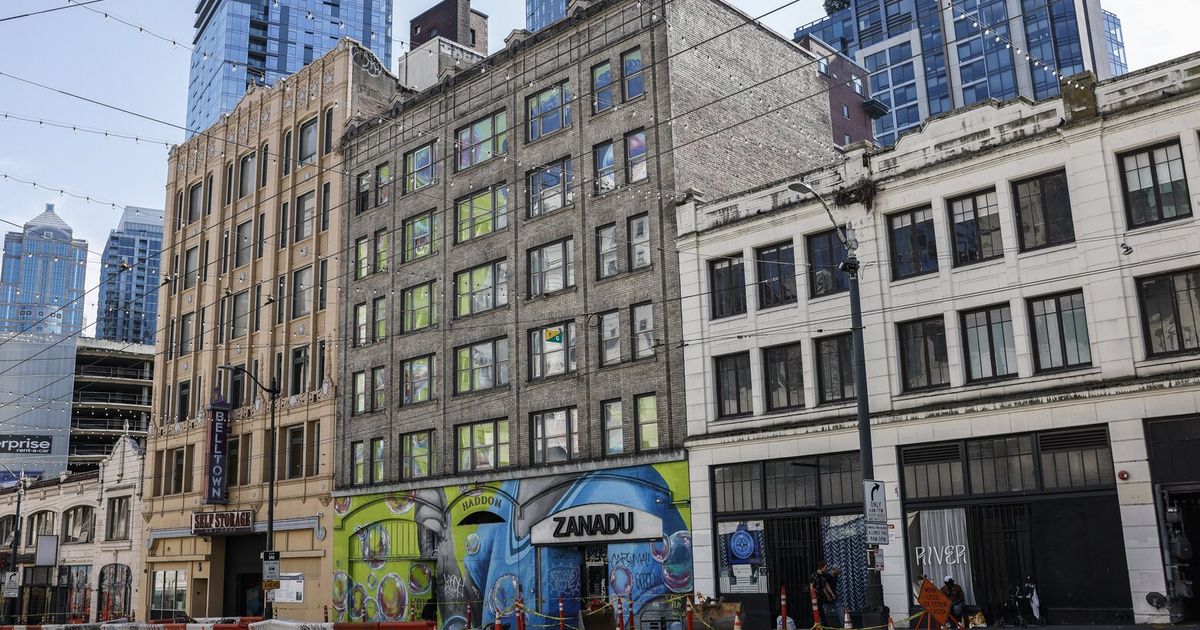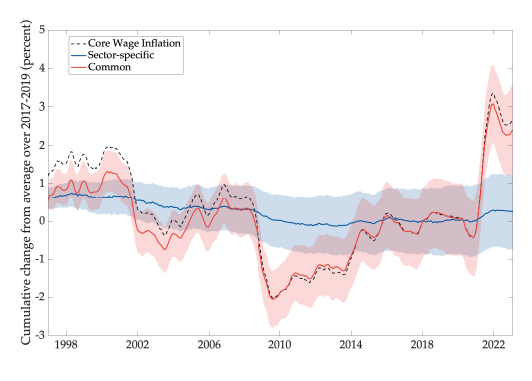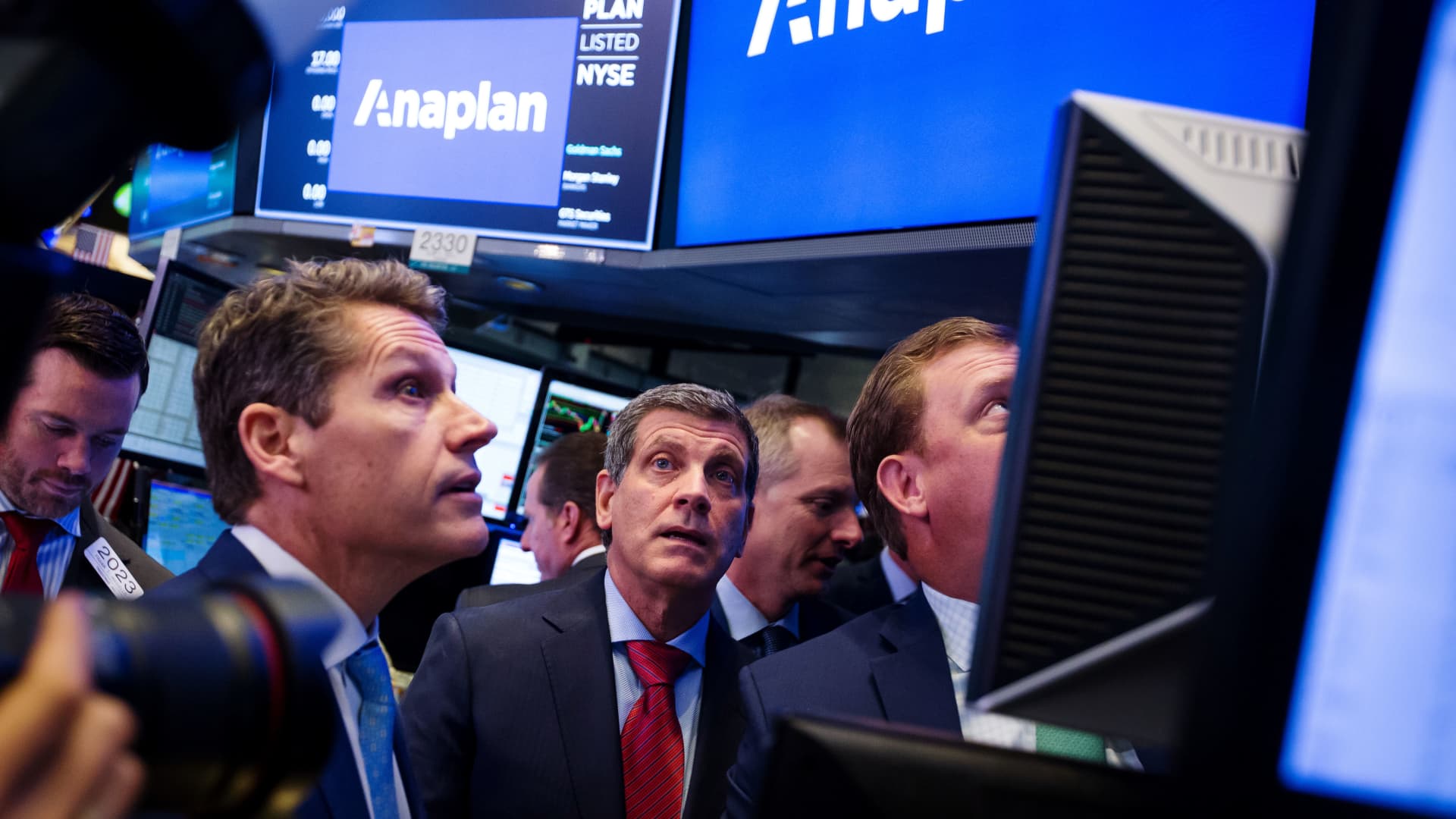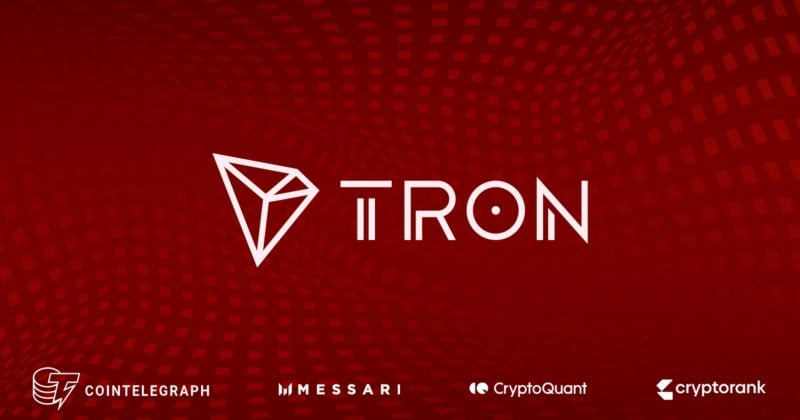The Seattle City Council on Tuesday passed a package of zoning changes meant to preserve most of the city’s industrial lands, particularly those near port terminals, while opening a small amount to residential and commercial development.
Sixteen years in the making, the plan, called the Industrial and Maritime Strategy, is meant to limit nonindustrial development near port facilities and in much of the Duwamish valley, as well as in the Interbay neighborhood and on the Lake Washington Ship Canal. The plan, backed by Mayor Bruce Harrell, received unanimous council support.
“Our history as a maritime city is priceless,” Council President Debora Juarez said following Tuesday’s votes. “We’ve all worked hard to maintain that structure, that identity and the sensibilities of Seattle being a port city.”
Industrial land makes up about 12% of Seattle’s area and generates about 15% of employment in the city. In recent years, though, friction between developers and heavy industry has increased, particularly in the Sodo and Ballard neighborhoods.
The strategy received broad support from industry, labor and developers. More than 60 groups participated in the yearslong negotiation.
As residential land in the city has grown more expensive and the economy has shifted toward the tech sector, interest in converting industrial land to other uses has increased.
In 2021, city leaders, business owners and community activists ultimately reached a consensus on a collection of zoning changes. By prohibiting or restricting nonindustrial uses in industrial zones, the changes aim to preserve the city’s factories, rail yards and shipyards.
“This adds important protections and … needed flexibility to our industrial and maritime lands,” said City Councilman Dan Strauss, a leading proponent of the plan.
Before Tuesday’s vote, aspects of the proposal faced criticism from some opposed to restrictions on residential and commercial development near industrial areas. Representatives of the city’s Sodo neighborhood stadiums, Lumen Field and T-Mobile Park, argued that greater allowances should be made for residential development near the stadiums.
The plan creates several new land-use zones that largely replace the current industrial zoning in the city.
The largest of the new zones, called Maritime, Manufacturing and Logistics, puts a hard stop to residential development on those industrial lands. The package also creates zones — called Industry and Innovation, and Urban Industrial — allowing some residential and commercial development.
The city expects the plan will result in 35,000 new jobs over the next 20 years.
















